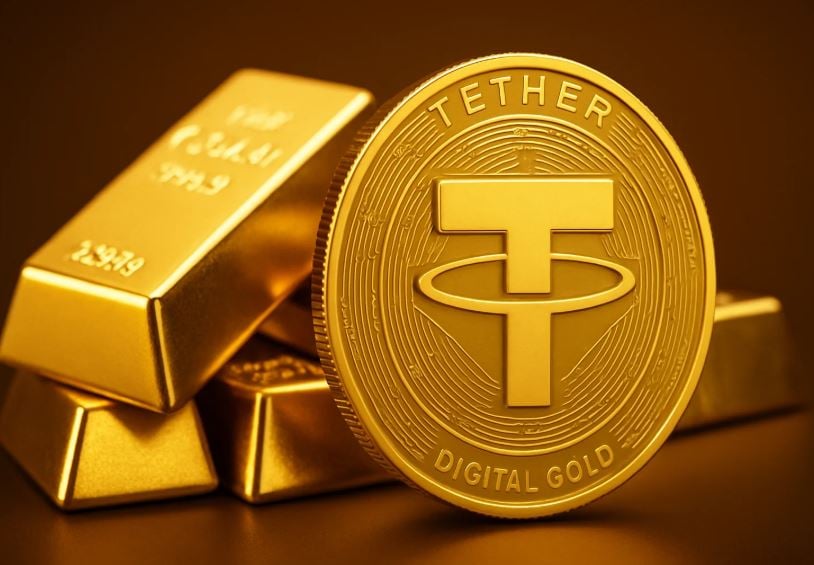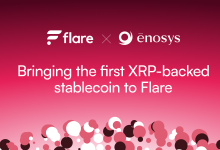Offshore Stablecoin Giants Race to Rebrand Under New U.S. Rules


Washington has finally set down firm rules for the stablecoin market. With the passage of the GENIUS Act, any company offering dollar-pegged tokens to U.S. users must now be issued under American law, backed by cash or Treasuries, and overviewn by regulators. That requirement has sent shockwaves through the industry. For years, some of the largegest issuers relied on offshore registrations, opaque structures, and foreign financing to grow. Now, many of those firms are rushing to reinvent themselves as “American.”
At the center of this scramble sits Tether. Its token, USDT, dominates the sector with more than $170 billion in circulation. But Tether’s corporate story has always been an offshore one. Its main entities were incorporated in the British Virgin Islands, a secrecy jurisdiction whose role in the Panama Papers and FinCEN Files revealed just how deeply it is tied to hidden wealth and questionable transfers. Regulators have also targeted Tether directly. In 2021, the New York Attorney General settled with the company over misleading disclosures, and the Commodity Futures Trading Commission fined it for misstatements about reserves.
Rather than relocate operations to U.S. soil, Tether’s strategy has been to roll out a new token, USAT, that gives the appearance of compliance. Anchorage Digital Bank, a federally chartered trust bank, will issue the token, while Cantor Fitzgerald will manage reserves. The arrangement allows Tether to say it has satisfied the letter of the GENIUS Act without changing much of its underlying control.
The choice of Anchorage raises its own questions. Despite the patriotic branding, Anchorage is not exactly a clean symbol of American trust. In 2022, the Office of the Comptroller of the Currency placed it under a consent order for anti-money-laundering failures, an order that wasn’t lifted until mid-2025. Reports also surfaced that the Department of Homeland Security had contacted former employees as part of a probe, an episode that Anchorage disputed but could not erase from headlines.
Anchorage also looks more global than domestic. It is headquartered in San Francisco, not Alaska, operates a large engineering center in Portugal, and runs a licensed entity in Singapore. Its investors include Wall Street powerhouses but also Singapore’s sovereign wealth fund, GIC. For a company meant to be the “American face” of Tether’s compliance, the optics are not ideal.
This is not just Tether’s story. Other issuers are also making adjustments to survive the new rules. Circle, issuer of USDC, has worked to cement its American bona fides by pursuing a public listing and emphasizing its reserves in Treasuries and cash. Paxos, licensed in New York, has leaned heavily on its regulatory track record to win the trust of institutional partners. Smaller players with offshore structures are now scrambling to launch U.S. subsidiaries or find chartered banks to front their tokens.
The broader trend is clear. Instead of genuinely restructuring, many stablecoin companies are repackaging themselves to meet minimum requirements. New names, new affiliates, new partners — but the identical offshore DNA behind the curtain. The GENIUS Act was written to bring stablecoins into the light of day. What the market is offering in response looks more like a marketing campaign than a cultural shift.
The question for regulators and investors is whether these makeovers are enough. Stablecoins are supposed to be quick, cheap, and above all, trustworthy. If the largest issuers continue to rely on secrecy jurisdictions while renting U.S. partners for appearances, the credibility gap will remain.







